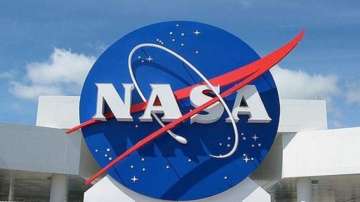After sending a sophisticated sampling system with the Perseverance rover which is now on its way to Mars, NASA established an independent board which will help it in accomplishing the complicated mission of returning samples from the Red Planet. The ‘Mars Sample Return Programme Independent Review Board' will proactively assist the US space agency with analysis of current plans and goals for the mission.
"NASA stands up these independent boards to help the agency learn from past experiences and uncover subtle issues in space systems that may not have yet received sufficient attention," David Thompson, retired president of Orbital ATK, who will chair the new board, said in a statement.
Experts from various fields, including planetary protection, and NASA's partner in the mission, ESA (European Space Agency), will be consulted as the review process moves forward, NASA said.
The board is expected to meet for around eight weeks beginning in late August and to deliver a final report in the weeks after its review is complete.
When the Perseverance rover launched to Mars on July 30, it carried with it a sophisticated sampling system with drill bits, a coring arm, and sample tubes.
Perseverance will collect samples from several spots on Mars for return to Earth, so scientists can determine if ancient microbial life was ever present on the Red Planet.
"Mars Sample Return is a very high priority for the scientific community, based on the decadal survey and also of strategic importance for our Moon to Mars exploration programme," said Thomas Zurbuchen, NASA's Associate Administrator for Science at the agency's headquarters in Washington.
This first leg in the round trip from Earth to Mars and back would take place over the course of multiple missions in partnership with ESA as well as industrial partners.
The rover would deliver the samples to an ascent vehicle that would take them to orbit, while an orbiter launched on another mission would rendezvous with the samples and take them in a highly secure containment capsule for landing back on Earth as early as 2031.

